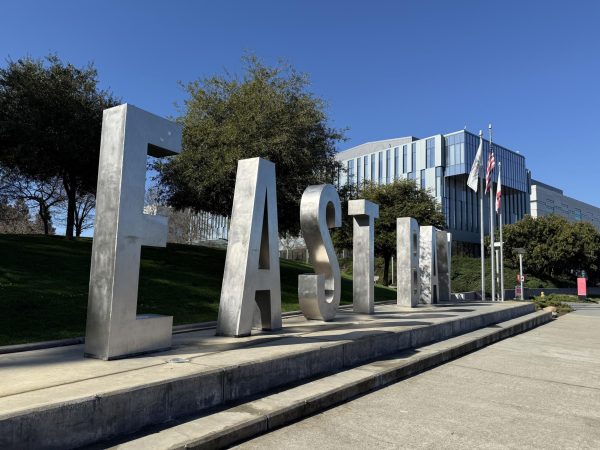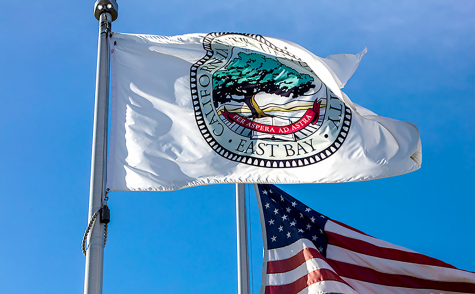Trump Tracker: Pioneer updates on America’s president
What Happened?
On Tuesday President Donald Trump spoke to attendees at the Snap-on Inc. tool manufacturer in Kenosha, Wisconsin, where he signed an executive order linked to his “Buy American, Hire American” motto.
According to multiple senior officials and the White House Office of the Press Secretary, the executive order is set up in two parts, ‘Buy American’ and ‘Hire American.’
“‘Buy American’ refers to a set of procurement laws about how goods and manufactured products are obtained and how they’re used in federal projects or federally funded projects,” according to multiple senior officials. “And ‘Hire American’ generally refers to the body of law and policy concerning how our immigration, visa and guest worker programs are operated to ensure proper protections for American workers.”
Trump gave a speech to attendees that included employees, students, community members and politicians, according to The White House.
“We’re sending a powerful signal to the world,” Trump said during his speech on Tuesday. “We’re going to defend our workers, protect our jobs and finally put America first.”
While specific details on potential regulations surrounding hiring and buying procedures for American companies were not immediately addressed by Trump, he assured the crowd that changes would come for businesses who rely on other countries for employees and goods.
“We are about to take bold new steps on my pledge to buy American and hire American,” Trump said during his speech on Tuesday.
According to multiple statements from Trump, he plans to create more jobs in the country through things like this executive order and his infrastructure bill that he says will earmark $1 trillion for the projects.
Despite his plan to increase spending on roads, utilities and other facilities, Trump was criticized in March after he released an outline that would potentially cut or eliminate current infrastructure programs.
White House Budget Director Nick Mulvaney told reporters in March that Trump was seeking to eliminate “insufficient programs” and that money would later be put into “more efficient infrastructure programs” later on; however, at the time of publication those details had not yet been released.






